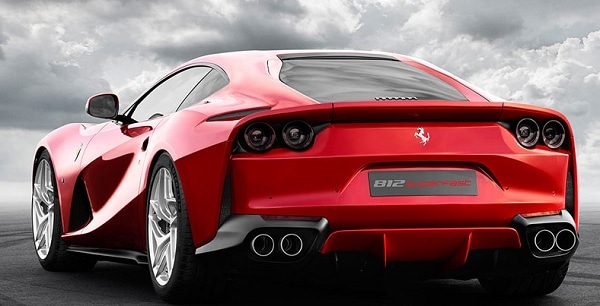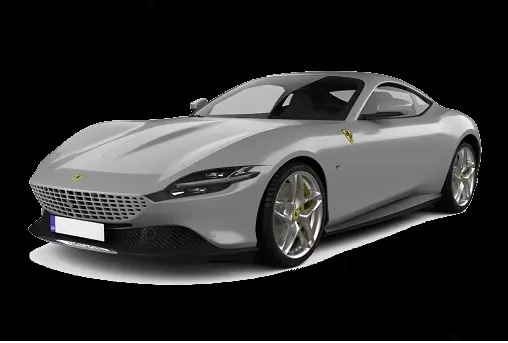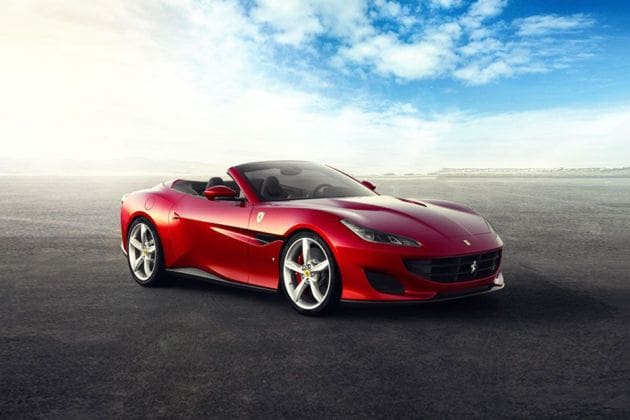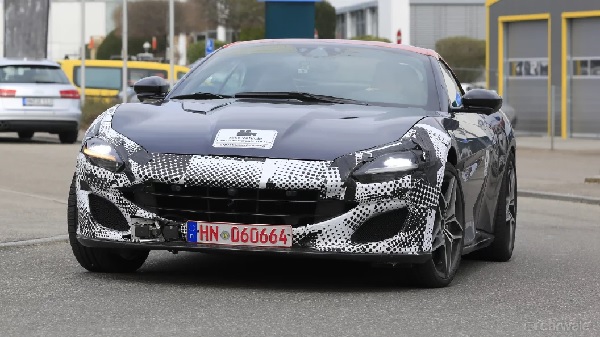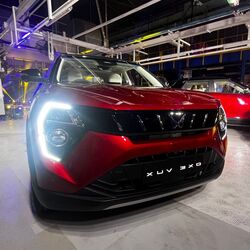Ferrari F-1 cars to use second-generation ethanol from 2022
- The second-generation ethanol to be used by Ferrari is made of sugarcane bagasse.
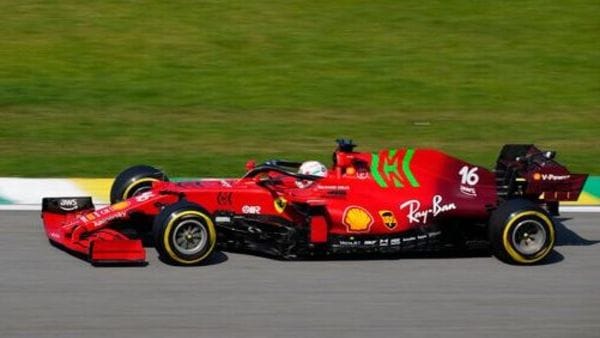

Brazilian energy company Raizen SA and its shareholder Royal Dutch Shell Plc signed an agreement with the Ferrari Formula 1 team to supply second-generation, high-performance ethanol from next year, when the main motor racing category will begin using 10% ethanol blend in gasoline.
Also Read : Flex-fuel engines will become mandatory in coming days, says Nitin Gadkari
The International Automobile Federation, known as FIA, wants the F-1 cars to use only sustainable fuels by 2025.
Also check these Cars
Shell, which has a 70-year partnership with Ferrari, expects the use of ethanol on the racing track to attract more consumers to use it, as global initiatives such as India's push forward its targets to raise ethanol percentages blended into gasoline.
Raizen, Shell's joint venture with Brazilian sugar and ethanol producer Cosan SA is one of the few energy companies with commercial sales of second-generation ethanol, which is made from non-food biomass and generates 86% less emissions than fossil fuels.
The second-generation ethanol to be used by Ferrari is made of sugarcane bagasse, a byproduct that used to be thrown away. Second-generation ethanol is already produced in a Raizen unit in the Sao Paulo state countryside and raises ethanol productivity by 50% without adding planted area, according to Raizen.
The company is building a second factory to produce cellulosic ethanol, which will raise annual second-generation ethanol capacity from 40 million liters to 120 million liters by 2023.
"We currently produce 4 billion liters of first-generation ethanol, so we could have additional 2 billion liters of second generation with no increase in planted area" said Raizen CEO Ricardo Mussa.
Mussa said each new unit to produce second-generation ethanol costs between 800 million reais ($146 million) and 1 billion reais ($183.2 million). The CEO added Raizen may have up to 35 second-generation ethanol units.
The Raizen agreement may give Ferrari an advantage in the fuel blend, as the other teams will most probably use first- generation ethanol in the first blend with 10% of renewable fuel. "We will not supply second-generation ethanol to the other teams", said Shell Mobility vice president István Kapitány in an interview to Reuters.
Kapitány said Shell thinks the fuel can increase Ferrari team's competitiveness. After F-1 cars use second-generation ethanol, it will be launched to general consumers, the executive added, as Shell has already done with fuels and lubricants initially tested on the race track. Ferrari, Shell and Raizen did not disclose financial terms of the partnership.







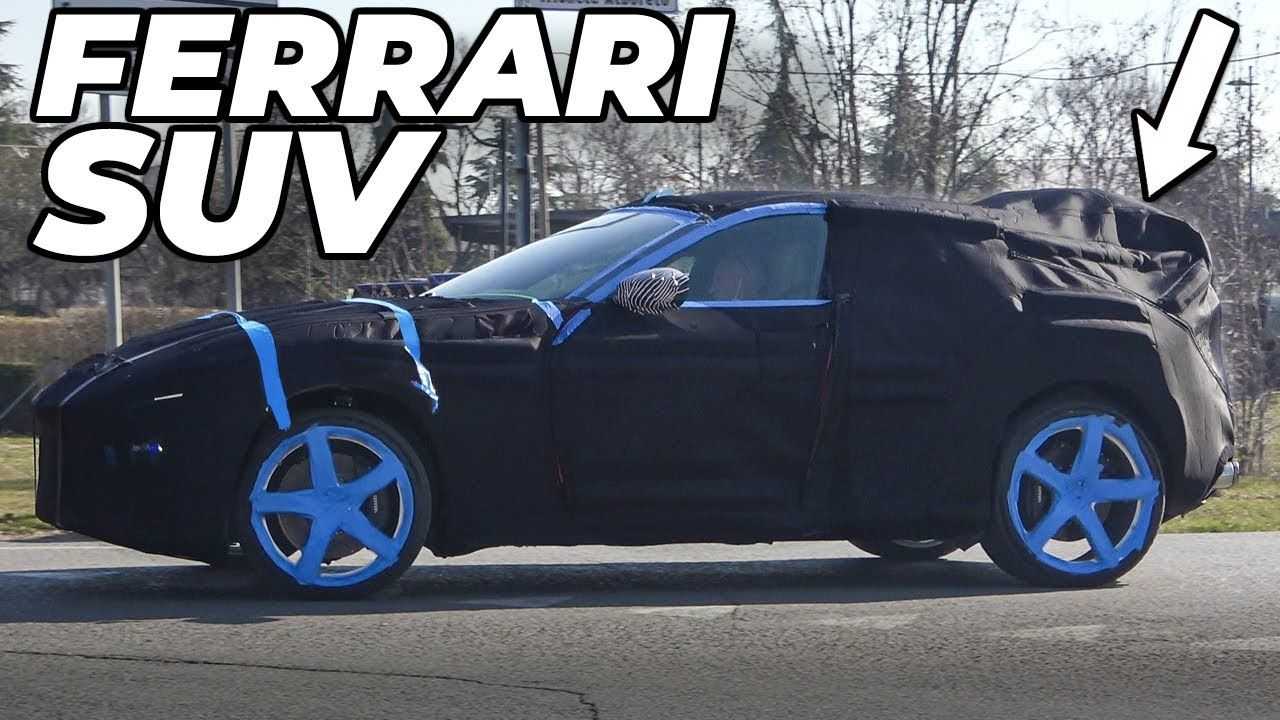
 6496 cc
6496 cc Petrol
Petrol